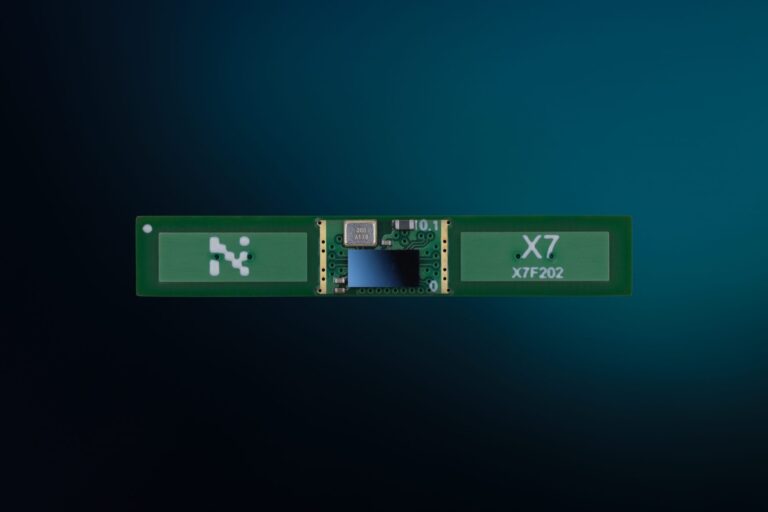Human presence detection specialist Novelda is showcasing the multi-target seat occupancy detection feature of the Novelda X7 UWB In-Cabin Sensor at Embedded World 2024, taking place in Nuremberg, Germany, on April 9-11.
UWB frequencies are designed to offer simpler mechanical integration compared to other in-cabin sensing radars as UWB can penetrate car seats and materials with centimeter wavelengths.
Novelda says its UWB sensor technology consumes less than 50 microwatts in a one frame-per-second configuration, surpassing alternative existing radar integrated circuits (ICs) in terms of efficiency and performance.
The X7 could already perform low-power presence detection, child presence detection (CPD) and vital signs monitoring, and now also offers seat occupancy detection through a software upgrade. Novelda says this enhancement enables a single UWB sensor to accurately detect human presence in each seat within a car cabin.
The in-cabin sensor is also capable of fulfilling multiple use cases with a single X7 SoC, including presence and intrusion detection, pediatric heatstroke and heartbeat detection which may help detect car crash survivors.
With a wide field of view (FoV) of nearly 18°, the X7 aims to reduce the number of sensors in vehicles.
By detecting minute motions like breathing and heartbeat, the solution is designed to discern between people and objects, in order to prevent false seat belt alarms triggered by objects placed on seats.



